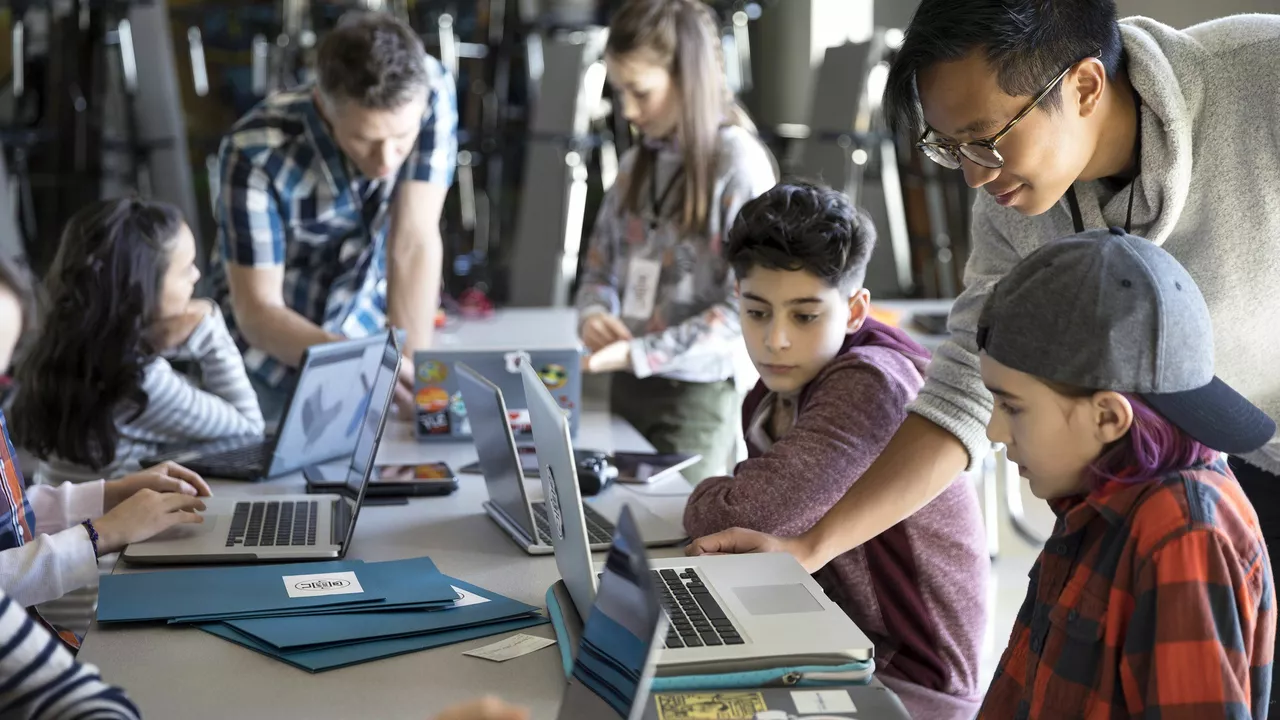Teaching Strategies for Everyday Classrooms
If you’re looking for simple ways to make lessons stick, you’ve come to the right place. Good teaching isn’t about fancy theory; it’s about tools that work day‑to‑day. Below are down‑to‑earth strategies you can try right now, whether you teach primary kids or adult learners.
Active Learning Techniques
First up, get students moving. Instead of a long lecture, break the class into short, interactive bursts. Put a question on the board, let a pair discuss for two minutes, then ask a few groups to share. This “think‑pair‑share” cycle forces everyone to process the info and gives you instant feedback.
Another quick trick is the “one‑minute paper.” At the end of a lesson, ask learners to write the main idea and one lingering question on a scrap of paper. Collect them, skim the answers, and address the gaps before the next class. It’s a low‑tech way to keep you and the students on the same page.
Assessments that Guide Learning
Traditional quizzes often feel like a scoreboard rather than a learning tool. Try low‑stakes quizzes that include explanations for each answer. When a student selects the wrong option, a short note appears explaining why it’s wrong and pointing to the relevant slide or chapter. This turns a mistake into a mini‑lesson.
Project‑based assessments are another win. Instead of a multiple‑choice test, ask learners to create something—a short video, a poster, or a simple prototype—that proves they’ve applied the concept. You get to see real‑world thinking, and students see the relevance of what they’re studying.
Now, let’s talk about lesson planning. Start with a clear objective written in student language: “By the end of this class, you will be able to explain why photosynthesis matters.” Next, pick a single activity that directly supports that goal. Too many activities dilute focus and waste time.
Use a visual timer for each segment. When the timer beeps, move on. This keeps the pace brisk and signals to students that every minute counts. If a segment needs extra time, you’ll see it right away and can adjust on the fly.
Finally, gather quick feedback at the end of each class. A simple “thumbs up, thumbs down, or neutral” on a sticky note tells you what worked and what didn’t. Over a few weeks you’ll spot patterns and can refine your approach without overhauling the whole syllabus.
These strategies don’t require massive prep or expensive tech. They rely on clear objectives, short interactive loops, and constant feedback. Try one or two this week, watch the difference, then layer in more as you get comfortable. Your students will notice the change, and you’ll feel the boost in engagement and results.

How to incorporate educational technology in your classroom?
Incorporating educational technology in the classroom can be a game changer, enhancing both teaching and learning experiences. It's crucial to begin by identifying the needs of your students and the goals of your curriculum. You can then select appropriate digital tools like interactive whiteboards, tablets, or education apps that promote engagement and active learning. Training and support are essential for both teachers and students to effectively use these technologies. Lastly, remember to constantly evaluate and adapt your approach to ensure it remains effective and relevant.